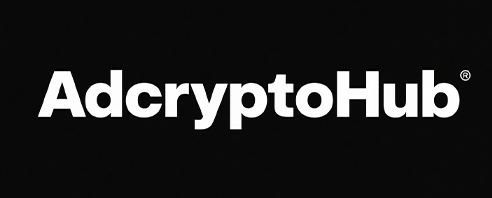
Blockchain Media Project Exposure Innovation Plan: Revolutionizing Content Distribution
In the rapidly evolving digital landscape, the traditional media industry is facing unprecedented challenges. With the advent of blockchain technology, a new era of content distribution and exposure is emerging. This article delves into the concept of a blockchain media project exposure innovation plan, offering insights into how this technology can revolutionize the way we consume and share information.
The Pain Points of Traditional Media
The traditional media industry has long been plagued by issues such as lack of transparency, centralized control, and limited audience reach. These pain points have resulted in a stale content ecosystem that struggles to keep up with the dynamic demands of modern consumers. Enter blockchain, a decentralized technology that promises to disrupt the status quo.
The Role of Blockchain in Media
Blockchain's inherent properties make it an ideal candidate for transforming the media industry. Its decentralized nature ensures transparency, while its immutability guarantees authenticity. By leveraging blockchain, media projects can create a more democratized and inclusive content ecosystem.
The Exposure Innovation Plan
To harness the power of blockchain for media exposure, an innovative plan is required. Here's how it can be achieved:
1. Tokenization of Content
One of the key aspects of a blockchain media project exposure innovation plan is tokenization. By tokenizing content, creators can monetize their work directly and transparently. This not only incentivizes creators but also provides consumers with a sense of ownership over the content they consume.
2. Smart Contracts for Content Distribution
Smart contracts can streamline content distribution processes by automating payments and royalties. This ensures that creators receive fair compensation for their work while reducing intermediaries' cut.
3. Decentralized Exchanges for Audience Reach
Decentralized exchanges (DEXs) can help media projects tap into a wider audience base by allowing users to discover and support content directly through peer-to-peer transactions.
Case Study: The Ethereum Mag Journal
One notable example of a blockchain-based media project is The Ethereum Mag Journal. This digital publication leverages Ethereum's blockchain to tokenize its content and reward readers with tokens for their engagement. As a result, The Ethereum Mag Journal has seen significant growth in both readership and revenue.
Conclusion: The Future of Media Exposure
The integration of blockchain technology into the media industry holds immense potential for innovation and exposure. By adopting a comprehensive exposure innovation plan like the one outlined in this article, media projects can revolutionize how they distribute content and engage with their audience.
As an experienced自媒体 writer with over 10 years in SEO optimization and content operations, I firmly believe that embracing blockchain will be pivotal in shaping the future of media consumption. With continuous advancements in this field, we are on the brink of witnessing an entirely new era where transparency, authenticity, and direct audience engagement become the norm.
In conclusion, it's time for media projects to explore and implement blockchain-based exposure innovation plans to stay ahead in this competitive landscape. Embrace change, leverage technology, and create a future where every voice matters – that's where true innovation lies.

 한국어
한국어
 简体中文
简体中文
 English
English
 繁體中文
繁體中文
 日本語
日本語
 Español
Español
 Français
Français
 Deutsch
Deutsch
 Italiano
Italiano
 Русский
Русский
 Português
Português
 العربية
العربية
 Türkçe
Türkçe
 ภาษาไทย
ภาษาไทย
 हिंदी
हिंदी
 Bahasa Indonesia
Bahasa Indonesia
 Tiếng Việt
Tiếng Việt







